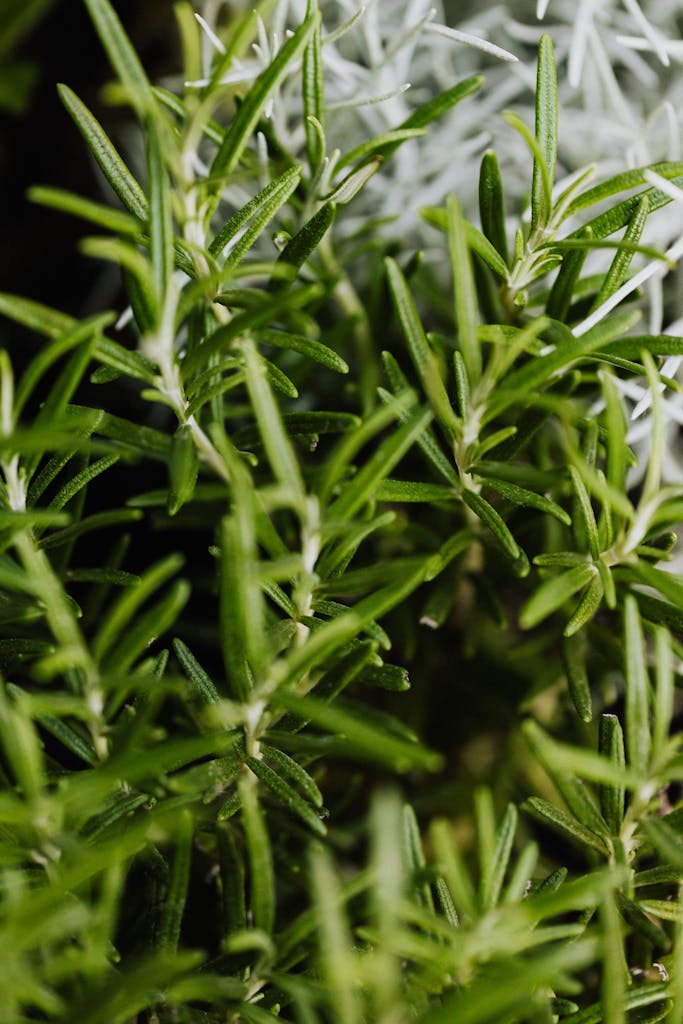
Rosemary, a perennial herb with fragrant, needle-like leaves, is a favorite in kitchens and gardens worldwide. Not only is it valued for its culinary uses, but it also boasts decorative and medicinal properties. If you’ve ever wanted to grow rosemary from cuttings, this guide is for you. We’ll walk you through the process of propagating rosemary, ensuring that even beginners can follow along and achieve success.
Why Propagate Rosemary from Stem Cuttings?
Propagating rosemary from stem cuttings is not only simple but also a highly effective way to multiply your rosemary plants. This method allows gardeners to clone their favorite rosemary varieties, ensuring that the new plants maintain the characteristics of the mother plant. It’s also faster than growing rosemary from seeds and more cost-effective than buying new plants.
How to Take Rosemary Cuttings for Propagation?
To start, choose a healthy rosemary plant from your garden or a friend’s. Look for stems that are green, flexible, and not flowering. Using a sharp, clean pair of scissors or pruning shears, cut a 4-6 inch piece from the end of a stem. Make the cut just below a leaf node, as this is where the new roots will form. Remove the leaves from the lower half of the cutting to prevent rot and to provide a clean area for root growth.
What Is the Best Medium for Rooting Rosemary Cuttings?
The ideal rooting medium for rosemary cuttings should be light and well-draining to prevent root rot. A mix of two parts potting soil to one part perlite or coarse sand works well. This combination provides the right balance of moisture retention and aeration, encouraging healthy root development.
How to Use Rooting Hormone for Rosemary Cuttings?
While not always necessary, using a rooting hormone can increase the chances of your rosemary cuttings taking root. After preparing your cuttings, dip the cut end into the rooting hormone powder or liquid. This will stimulate root growth and help protect the cutting from diseases.
Can You Root Rosemary Cuttings in Water?
Yes, rooting rosemary cuttings in water is a popular method, especially for those who prefer to watch the rooting process. Fill a clear glass or jar with water and place the cutting inside, ensuring no leaves are submerged. Change the water every few days to keep it fresh. Once the roots are a couple of inches long, you can transplant the cutting into soil.
How to Plant Rosemary Cuttings in Soil?
When your cuttings have developed a good root system, it’s time to plant them. Fill a pot with your prepared potting mix and make a hole in the center. Carefully insert the cutting into the hole and gently firm the soil around it. Water the soil to settle it around the roots and place the pot in a bright, warm location.
How to Care for New Rosemary Plants?
Caring for your newly planted rosemary involves several key steps:
- Watering: Keep the soil consistently moist but not waterlogged. Overwatering can lead to root rot, while under-watering can stress the plant.
- Light: Rosemary thrives in full sun, so place your pots in a location where they’ll receive at least six hours of sunlight daily.
- Temperature: Protect your rosemary from extreme temperatures. If you’re growing rosemary indoors, avoid placing it near drafts or heat sources.
- Feeding: Use a balanced, all-purpose fertilizer every few weeks during the growing season to encourage healthy growth.
When to Prune Your New Rosemary Plant?
Pruning is essential for maintaining a compact, bushy shape and encouraging new growth. Start pruning your rosemary once it’s established and showing signs of new growth. Trim the tips of the branches, which will prompt the plant to branch out and become fuller.
Common Problems When Propagating Rosemary and How to Solve Them?
Even with the best care, you might encounter issues like slow root development or cuttings that fail to thrive. To solve these problems:
- Ensure the cuttings are fresh and taken from a healthy plant.
- Use a well-draining potting mix to prevent waterlogging.
- Provide plenty of light, either natural or through grow lights, to support growth.
Conclusion: Enjoying Your Homegrown Rosemary
By following this step-by-step guide, you’ll find that propagating rosemary from cuttings is a rewarding experience. Not only will you have an abundance of rosemary for your culinary needs, but you’ll also enjoy the beauty and aroma of this versatile herb in your home or garden. Remember, patience and attention to the needs of your rosemary cuttings will result in healthy, thriving plants that can last for years.
In summary, here are the key points to remember when propagating rosemary:
- Start with healthy, non-flowering stem cuttings.
- Use a light, well-draining potting mix.
- Rooting hormone can aid in the development of strong roots.
- Rosemary can be rooted in water or soil.
- Provide your new plants with consistent moisture, plenty of sunlight, and regular pruning.
With these tips in mind, you’re well-equipped to propagate and grow rosemary from cuttings. Enjoy the process and the satisfaction of cultivating your own herbs!




